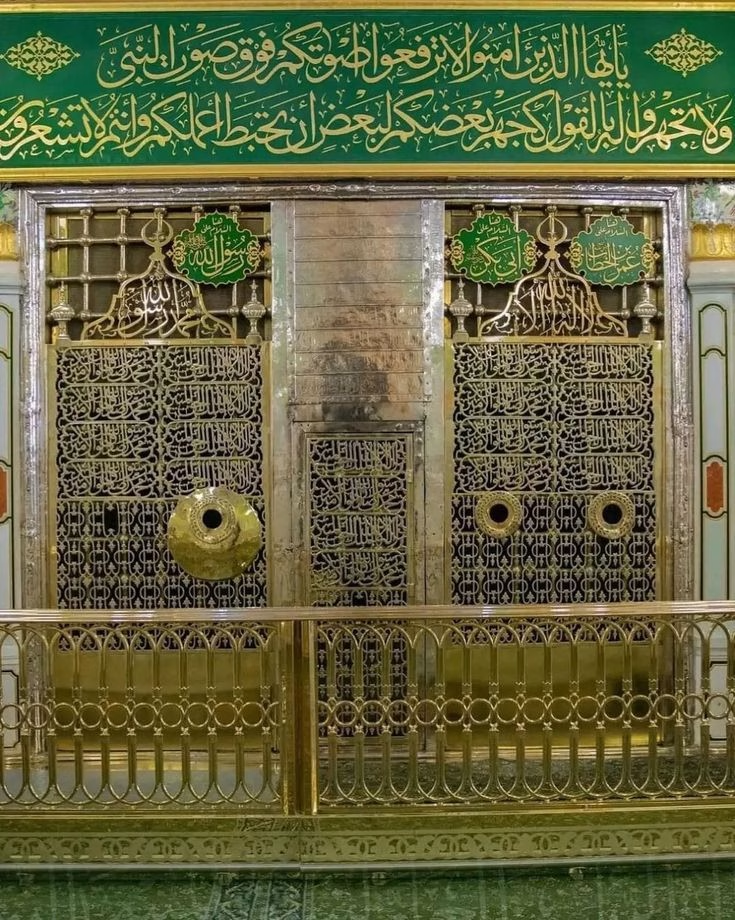|
Getting your Trinity Audio player ready... |
Unveiling the Heart: An Introduction to the Shamail of the Prophet Muhammad (ﷺ)
When we think of the Prophet Muhammad (ﷺ), our minds often turn to the grand narrative of his life—the revelation of the Quran, the battles, the establishment of a civilization. But what about the man himself? What was the sound of his laughter? How did he carry himself? What was the nature of his smile?
To answer these intimate questions, we turn to a cherished branch of Islamic scholarship known as As-Shamail an-Nabawiyyah (The Prophetic Characteristics), or simply, Shamail.
If the Seerah (biography) is the map of his life, the Shamail is the portrait of his soul.
What Exactly is the Shamail?
The Shamail is a collection of hadiths (recorded sayings, actions, and approvals of the Prophet) that focus not on legal rulings or theology, but on his physical appearance, personal habits, character, and everyday conduct.
These texts paint a vivid, holistic picture of Muhammad (ﷺ) as a human being—a picture that inspires immense love and provides a timeless model for how to live with grace, mercy, and purpose.
Classic works like Shamail al-Tirmidhi compile these descriptions, allowing us to walk with the Prophet through the eyes of his companions.
A Glimpse into the Portrait: What the Shamail Describes
Reading the Shamail is like sitting with an old companion and asking, “Tell me about him.” The descriptions are incredibly detailed and heartfelt.
1. His Physical Appearance (Khalq)
The companions described him with awe and love:
· Stature: He was of medium height, neither too tall nor too short. When walking with others, he often appeared the tallest.
· Face: His face was radiant, “like the moon on a full moon night.” It was slightly round and fair with a rosy tint.
· Hair: His hair was neither completely straight nor tightly curled. It reached his shoulders, and he would often oil it and part it in the middle.
· Eyes: His eyes were large and black, with long eyelashes.
· Body: He had a broad chest and shoulders, with firm, strong limbs.
2. His Character and Manners (Khuluq)
This is the heart of the Shamail.His morality was the Quran in action.
· The Quranic Testimony: Allah Himself said, “And indeed, you are of a great moral character.” (Quran 68:4)
· Compassion: He was tender-hearted, especially towards children, the elderly, and animals. He would weep for his companions when they passed and would stand up for the rights of women.
· Humility: He mended his own shoes, helped with household chores, and sat and ate with servants. He accepted invitations from the poor.
· Smile and Silence: He was the most frequent to smile, yet when not speaking, he was often in a state of serene contemplation.
· Generosity: He never hoarded worldly goods. It was said he would give away a gift the very same day he received it.
3. His Daily Habits and Routines
The Shamail brings his blessed daily life into focus:
· Dress: He preferred simple, clean clothing, often a long shirt (thawb) and a cloak. His favorite color was green.
· Food: He ate what was available, never criticizing food. He loved dates, pumpkin, and honey, and ate with his right hand, using only three fingers.
· Speech: He spoke clearly, pausing so his words could be understood and remembered. He never spoke unnecessarily.
Why the Shamail Matters for Us Today
In a world obsessed with superficiality and power, the Shamail offers a profound corrective. It teaches us that true greatness lies in character, humility, and compassion.
1. It Fosters Unshakeable Love (Mahabbah): It’s difficult to love an abstract historical figure. But when you learn about his gentle touch, his playful humor with children, or the way he leaned on his staff after a long day, he becomes real. This love is the engine of faith.
2. It Provides a Practical Model for Life: The Shamail is a manual for living Islam in its most beautiful form. It’s not just about what to do, but how to do it—with excellence (ihsan).
3. It Humanizes the Message: For those new to learning about Islam, the Shamail presents the Prophet in a deeply relatable and inspiring light, breaking down misconceptions.
How Can We Connect with the Shamail?
· Read a Translation: Start with an accessible translation of Shamail al-Tirmidhi with commentary.
· Reflect on One Trait a Week: Pick one characteristic—his generosity, his humility—and consciously try to embody it in your own life.
· Make Du’a: Ask Allah to allow you to embody the beautiful character of His Messenger.
The Shamail is an invitation. An invitation to move beyond knowing about the Prophet Muhammad (ﷺ) to truly knowing him. And in knowing him, we find the most perfect example of what it means to be human, and a clear path to the pleasure of our Creator.
—
Call to Action:
· What characteristic of the Prophet (ﷺ) resonates most with you? Share your thoughts in the comments below!
· Don’t forget to subscribe to the blog for more insightful articles on Islamic spirituality and history.











